My third film through the little Pentax proved to be quite a mixed bag and threw up some interesting pointers, making me revise my opinion about the camera in some areas, but more of that in a moment. I was going to spend Christmas away this year so I thought I would just take two film cameras with me, this one and the Canon 110 ED and take typical family shots over Christmas.
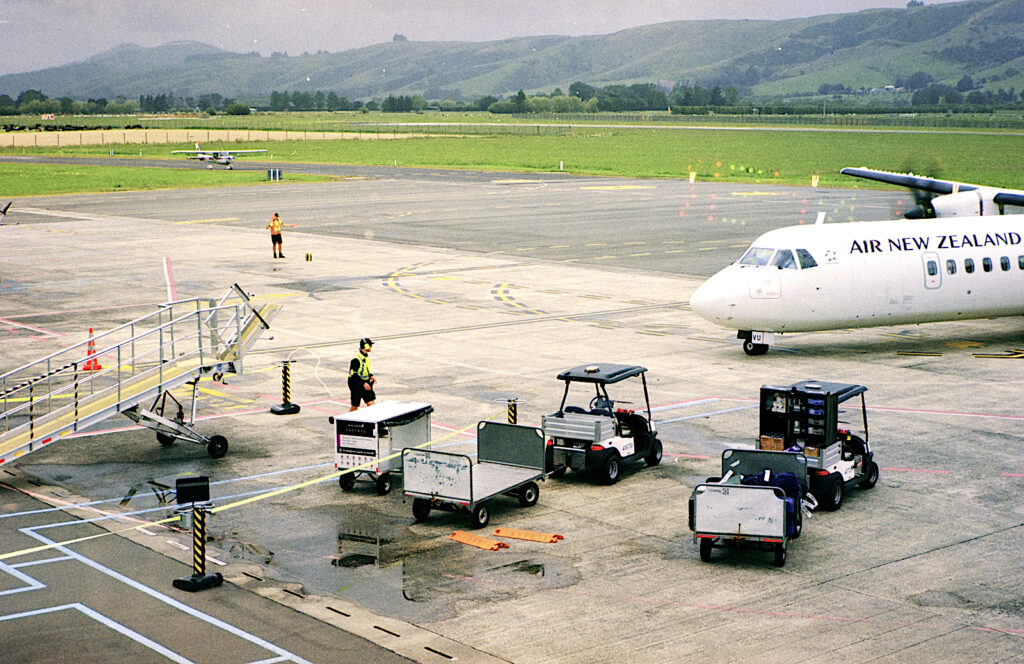
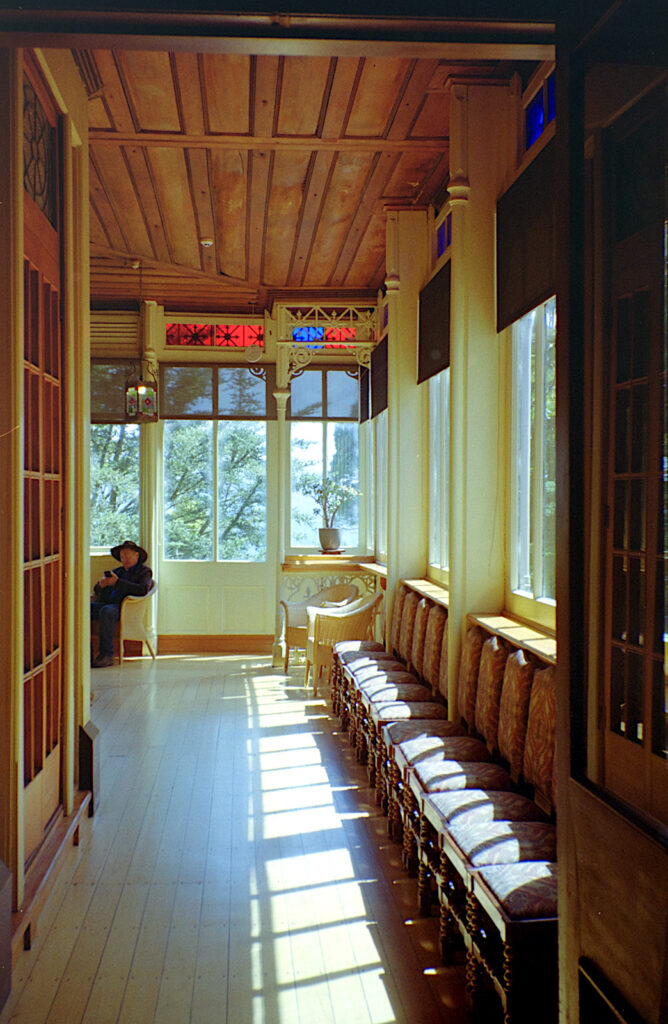
My second film with this fully auto camera had produced a few of frames that made me think this had a rather capable lens. They showed some fine detail and faultless geometry. After returning from the Christmas trip, I finished the Fujifilm 200 on various building subjects around Dunedin to explore this aspect further. The feature image above is a typical rental for local university students.
The Camera
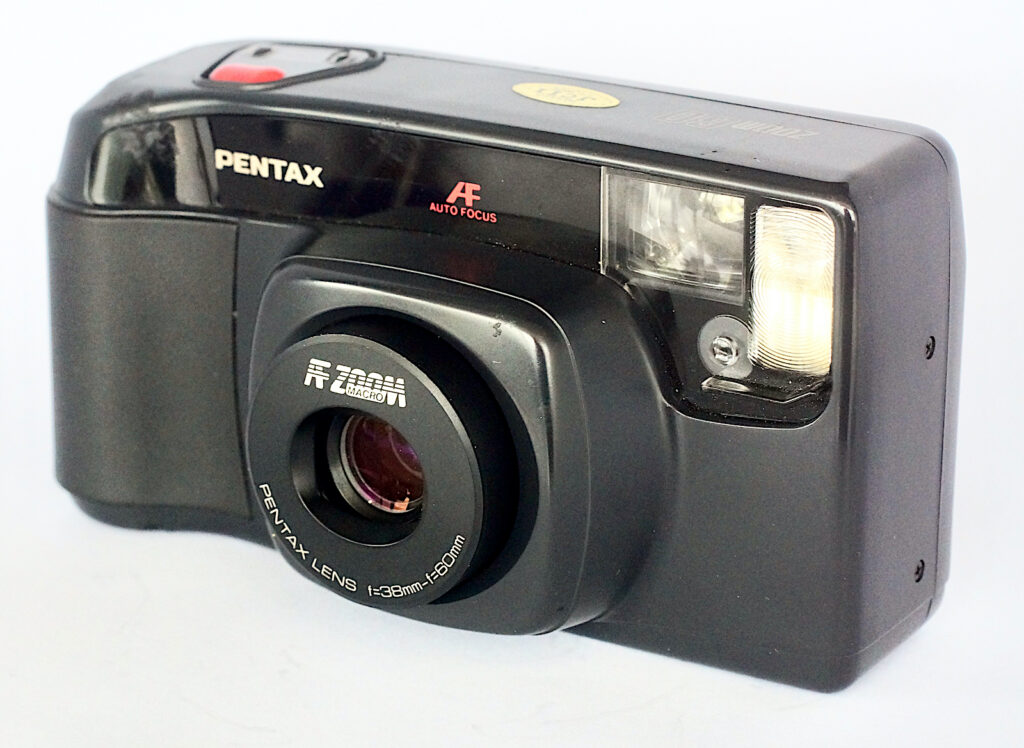
A brief update on the camera, which I originally wrote about here. It is a fully auto 35mm compact with auto everything, including the flash (which has a mind of its own) and with the option of fill in flash. Focus is not bad but a bit vague at closer distances and limited to a central spot in the finder, with a close up option. Exposure is generally accurate. And that’s it really. Load the film as instructed, close the back and off you go.
Some results
I took some family snaps over Christmas and then spent an afternoon wandering around Dunedin for some shots of buildings after our return. They turned out to be quite a mixed bag.
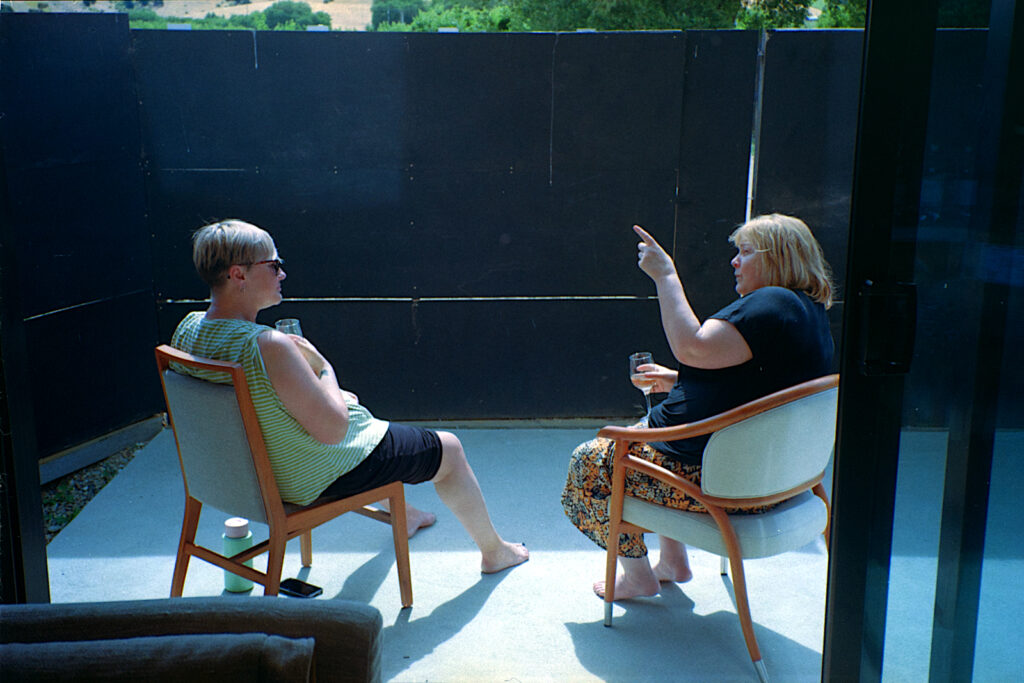
My daughters in deep discussion a shot which is far and away the best I managed and demonstrates how capable the exposure and focus can be in quite tricky conditions.
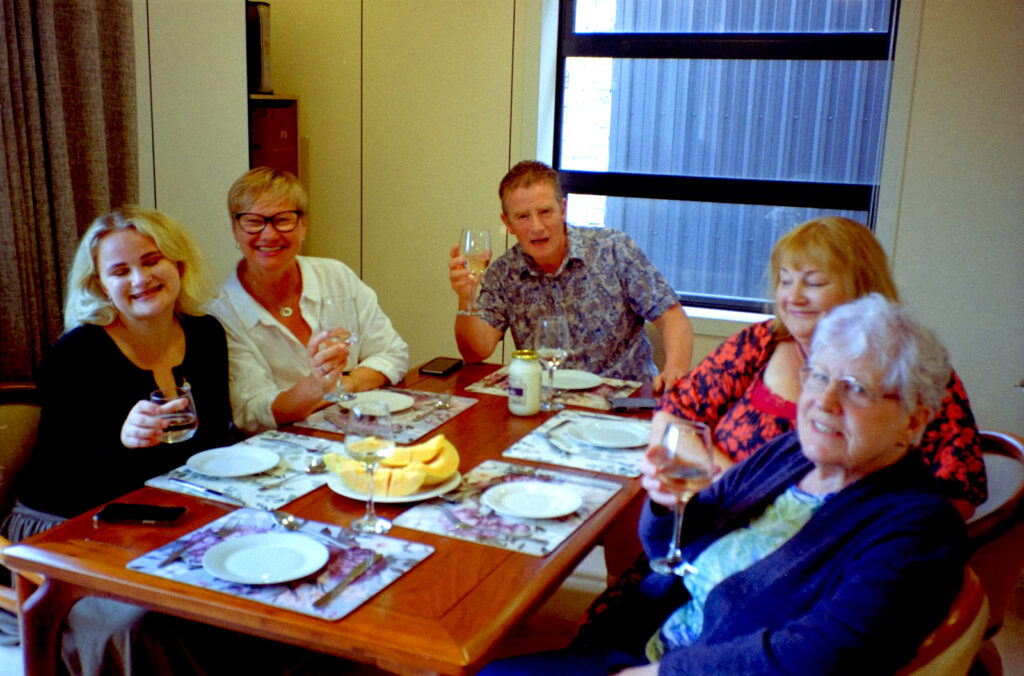
Focus does seem a bit variable with poor definition at closer range and in lower light levels without flash, the aperture probably being at or near the widest opening in these circumstances. The flash trigger setting must be just less than the exposure in these cases.
A caveat here must be to remember that we are so used to short focal length ‘phone sensor lenses with ultra-sophisticated focussing and huge depth of field these days that lenses for 35mm will almost always seem lacking.
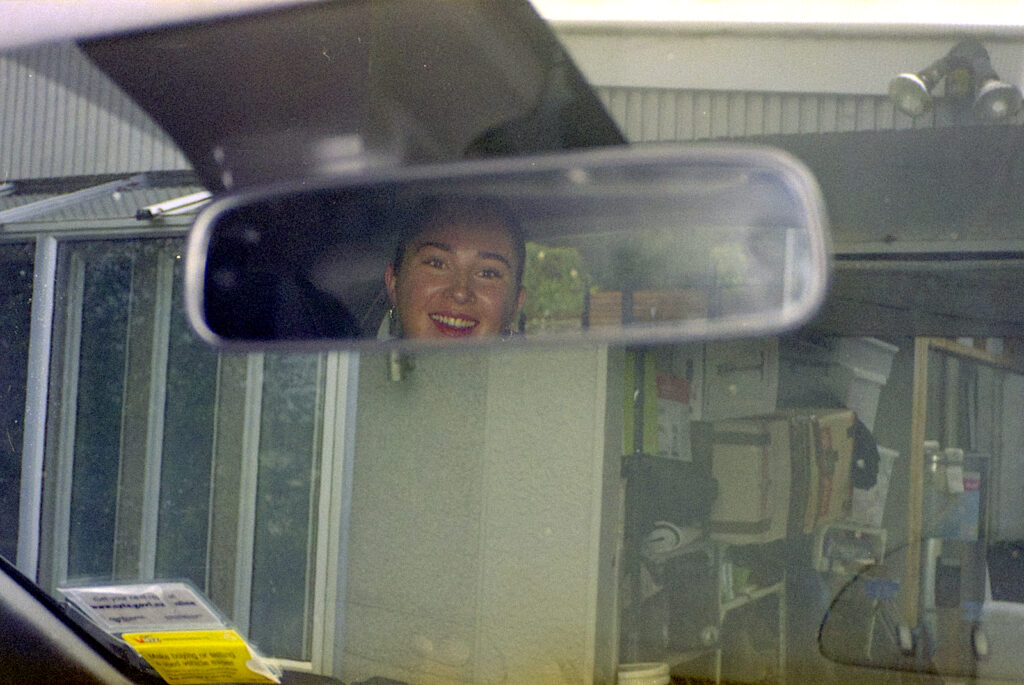
With most of the family shots being either badly focussed or lacking definition, in retrospect, I should have used the fill flash option in those cases as I did with this shot in the car rear view mirror. Exposure and focus are both very accurate with the flash being perfectly balanced. The camera doesn’t seem to like low light levels without flash at closer distances and given its intended market, this may have disappointed many owners.
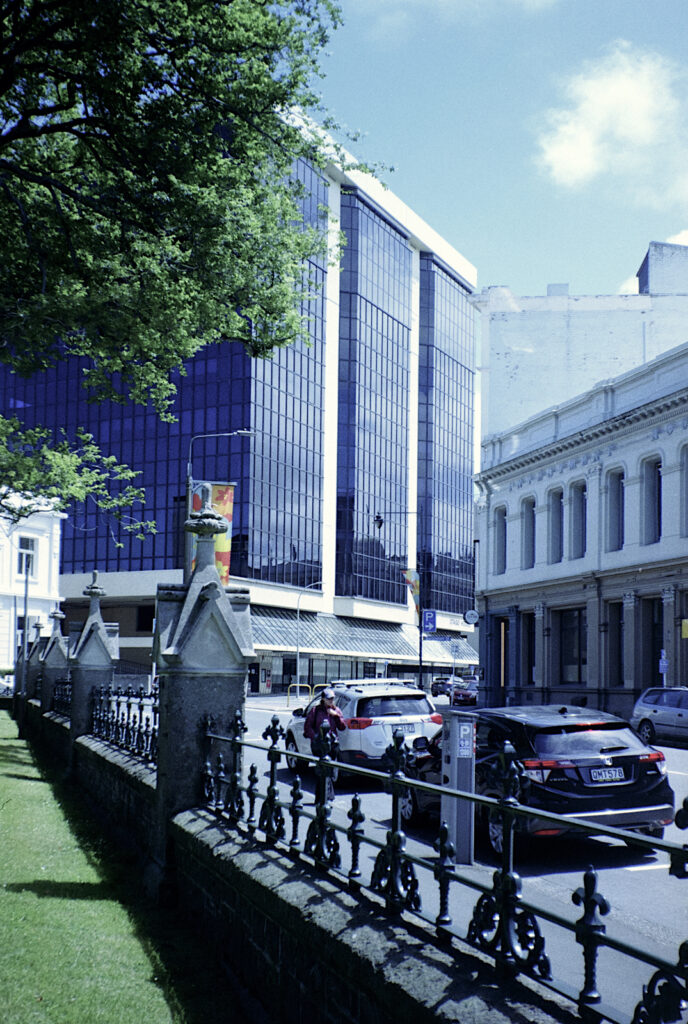
Typical of the eclectic range of architectural styles seen in Dunedin today. A hundred years separate the foreground wall and the modern iteration with a couple more inbetween.
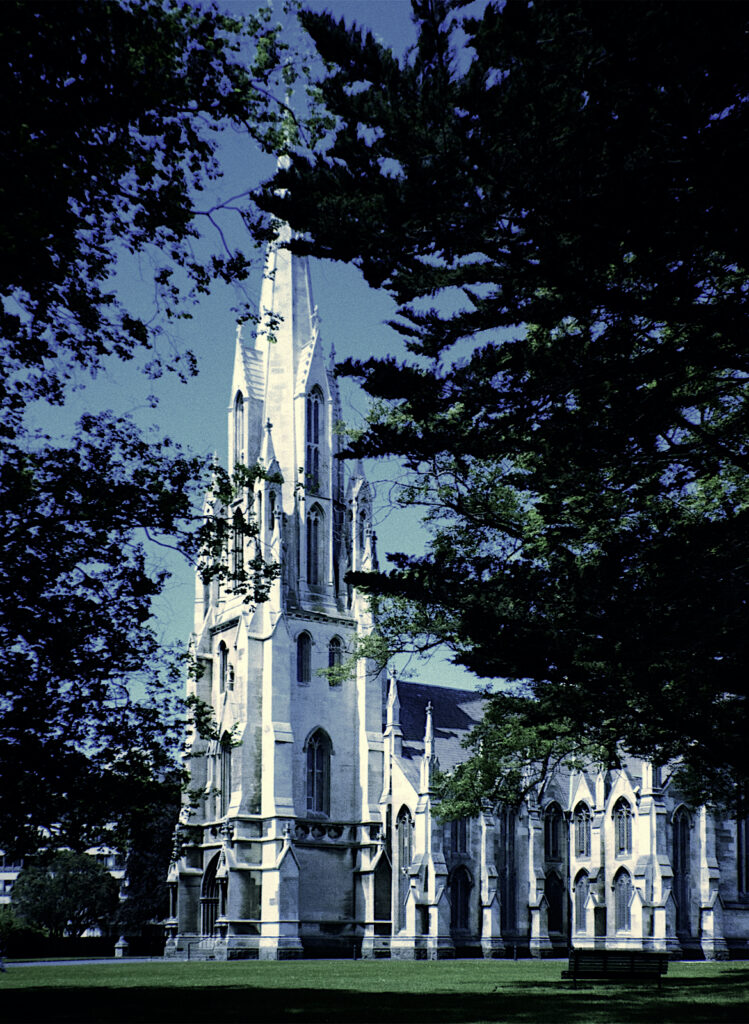
The city’s first church.
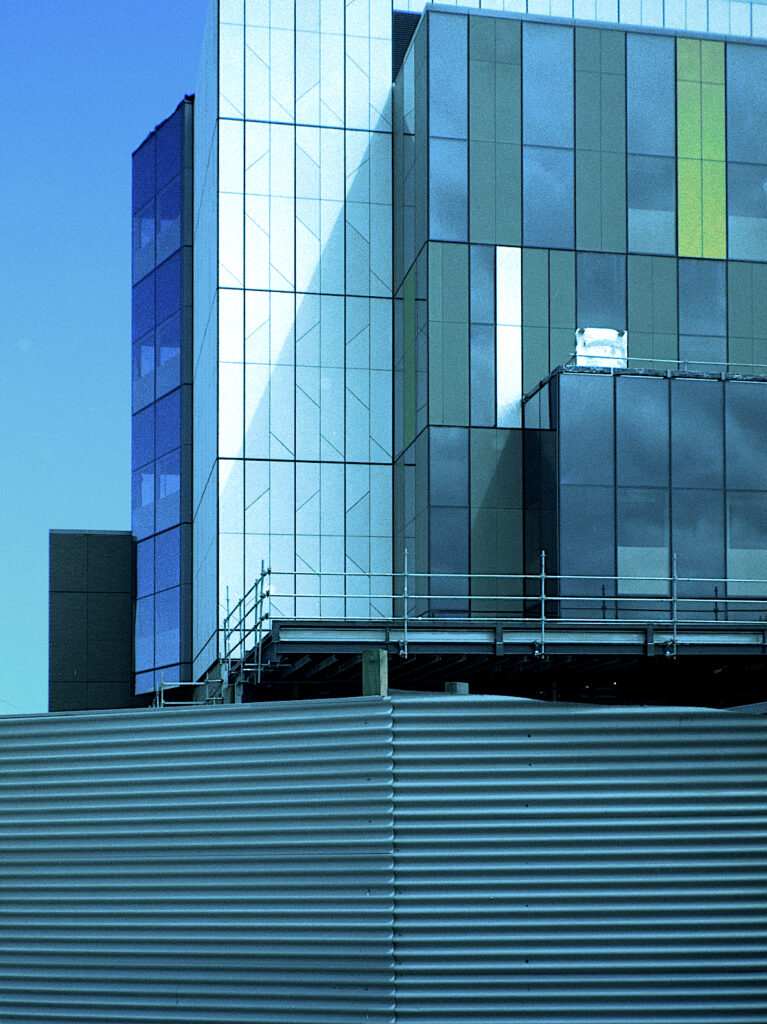
Detail of the new hospital project now in progress but which has become something of a political football after the recent change of government.
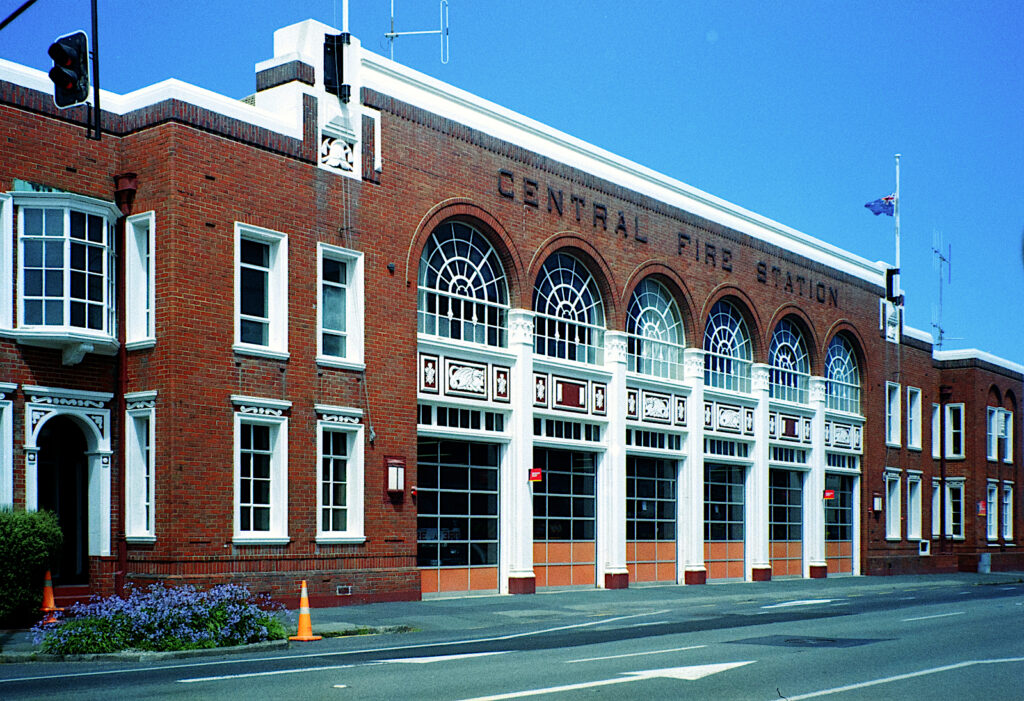
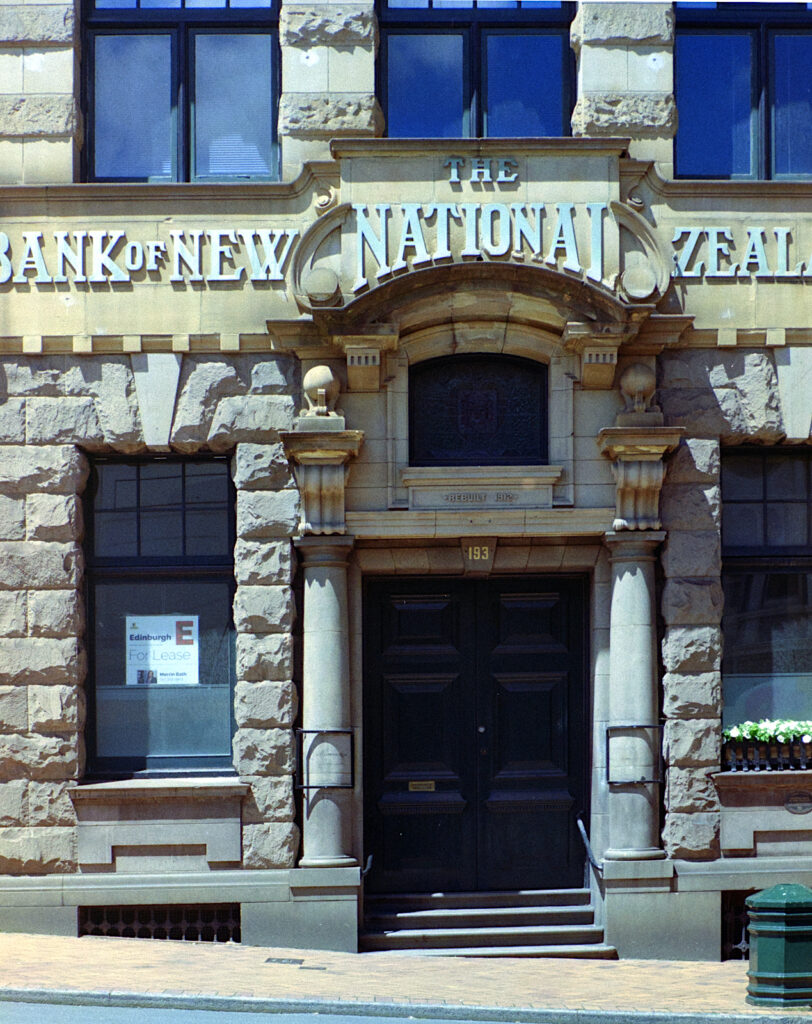
Entrance to an early bank building, all rusticated stonework and solid appearance now office space. One of many historic buildings that are being sensitively renovated and put to new uses.
The building results were better, but the near standard focal length is very restrictive for this kind of work, granted not what it was ever intended for in any case. Dunedin has a very eclectic mix of architectural styles and was a major financial centre back at the height of the gold mining days.
Conclusion
This type of camera closes out my rather accidental exploration of automation in consumer camera design, starting with earlier experiences of the search for simplification of operation that gained traction in the 1950’s. In comparison to my earliest Vitomatic IIa or even the fully automatic exposure Richomatic 35. the Pentax adds autofocus and autowind to gives full automation.
As a convenient, snapshot camera it does everything but needs a deliberate approach. Pentax subsequently produced a line of similar cameras into the 90’s which were of the same basic design but with added improvements as they developed.
These types of camera should not be dismissed as unimportant. They were a major stepping stone towards the early digital consumer models and helped provided the basic technology that dealt with the photographic side of things with the sensor and electronics overlaid. An important step along the way helping to establish the new form of imaging that has become so universally accepted in all its forms.
Share this post:

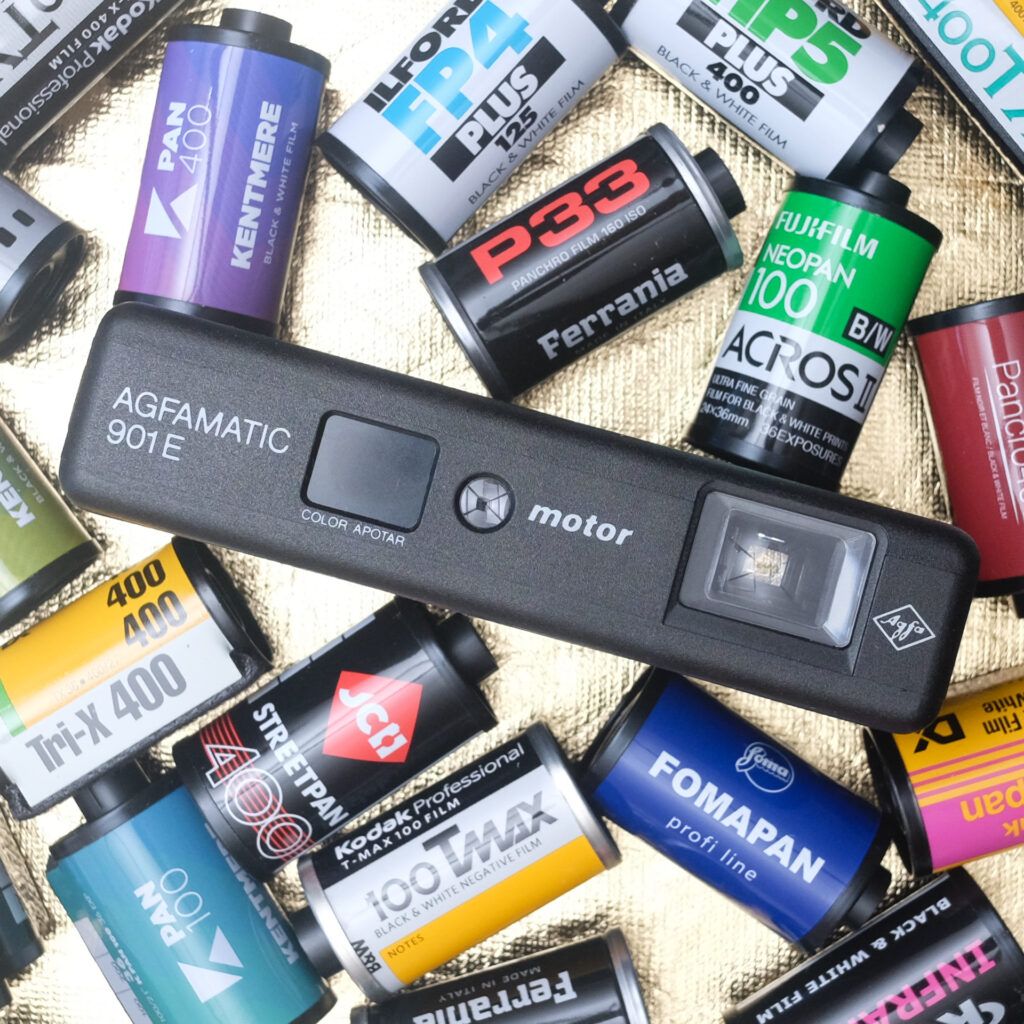
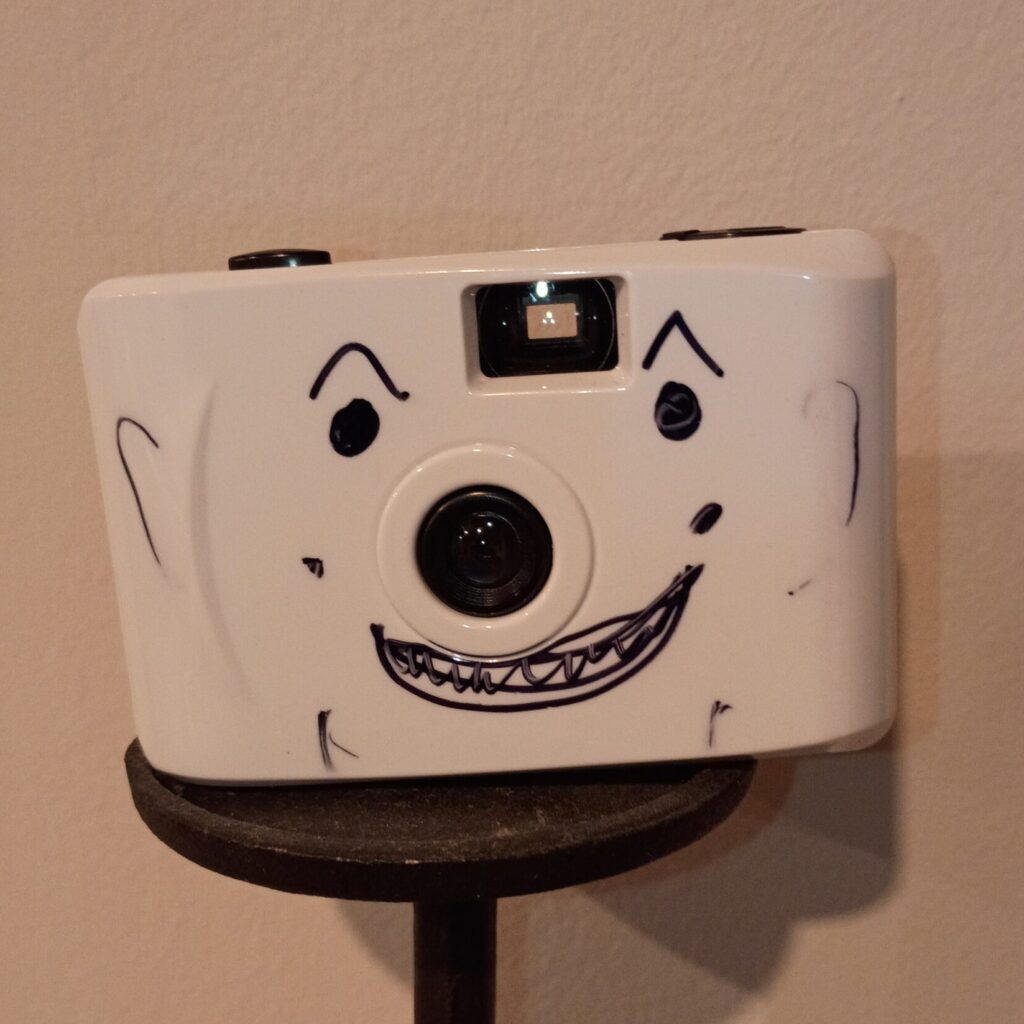
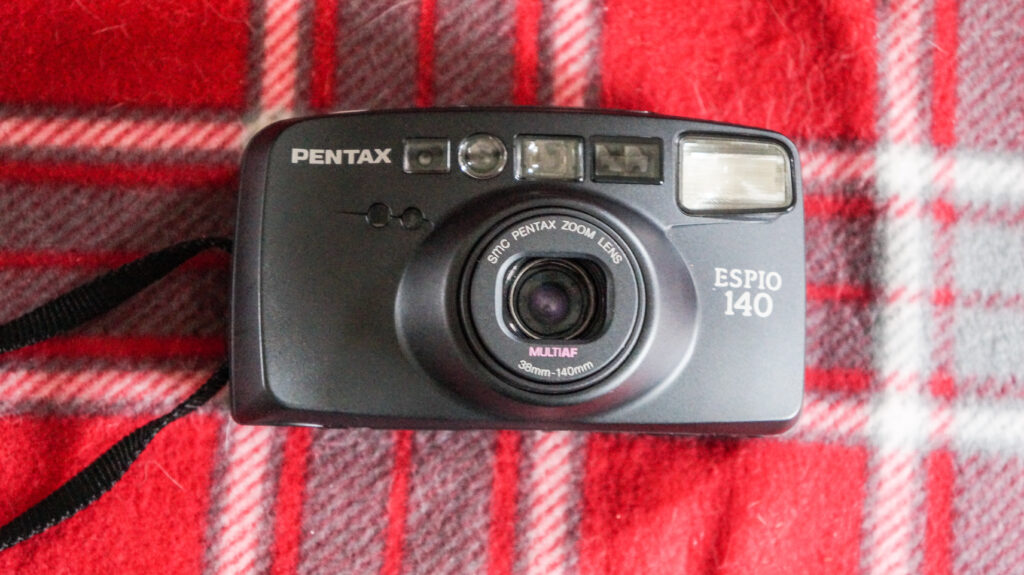
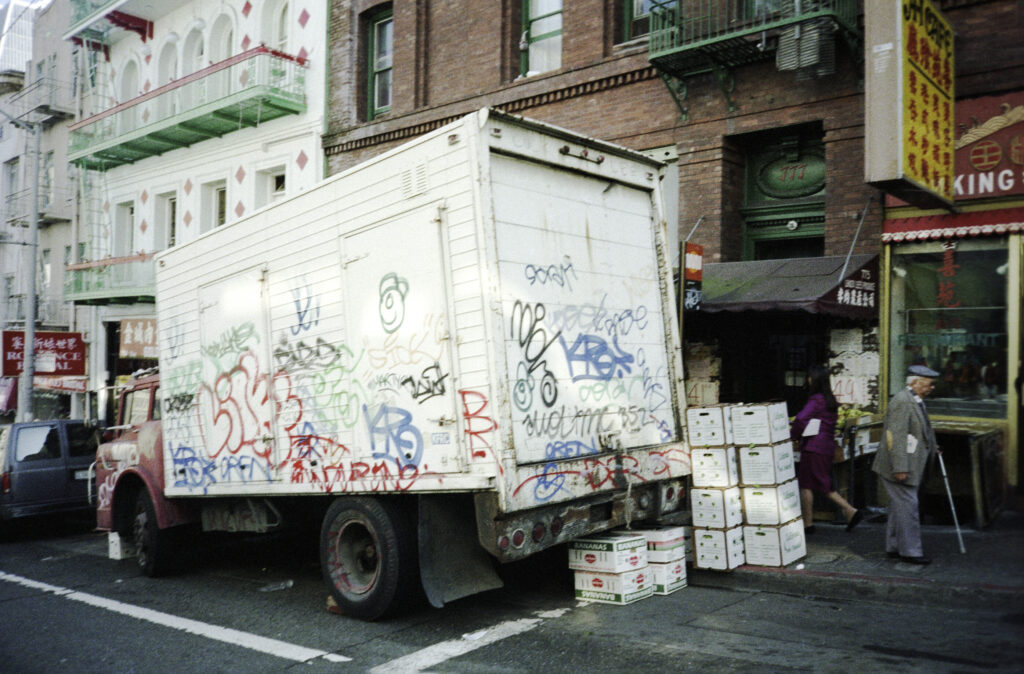

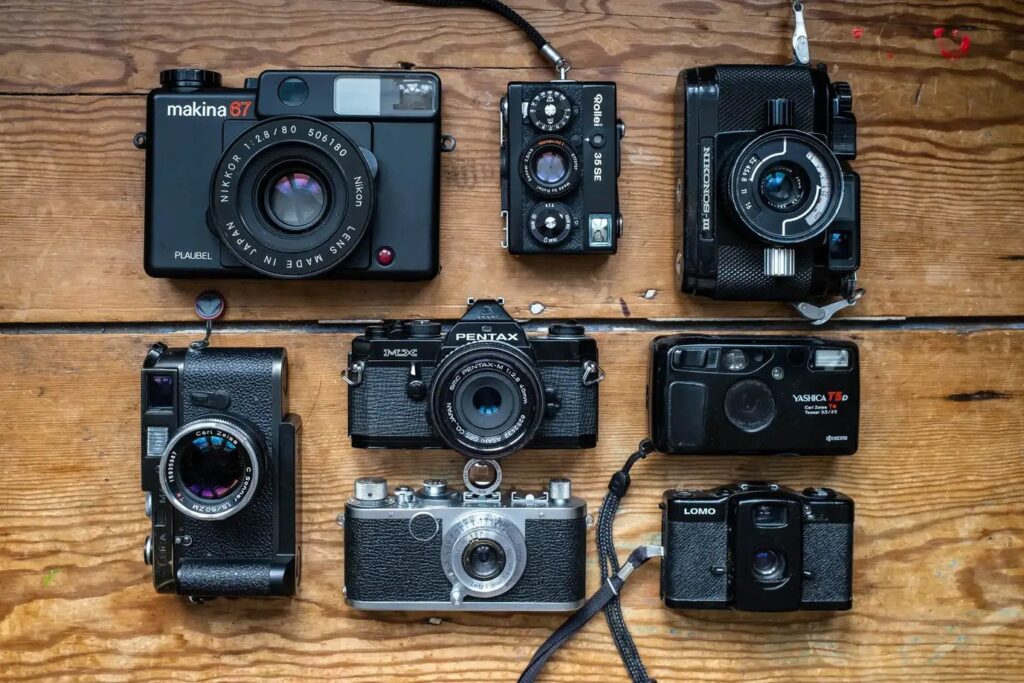
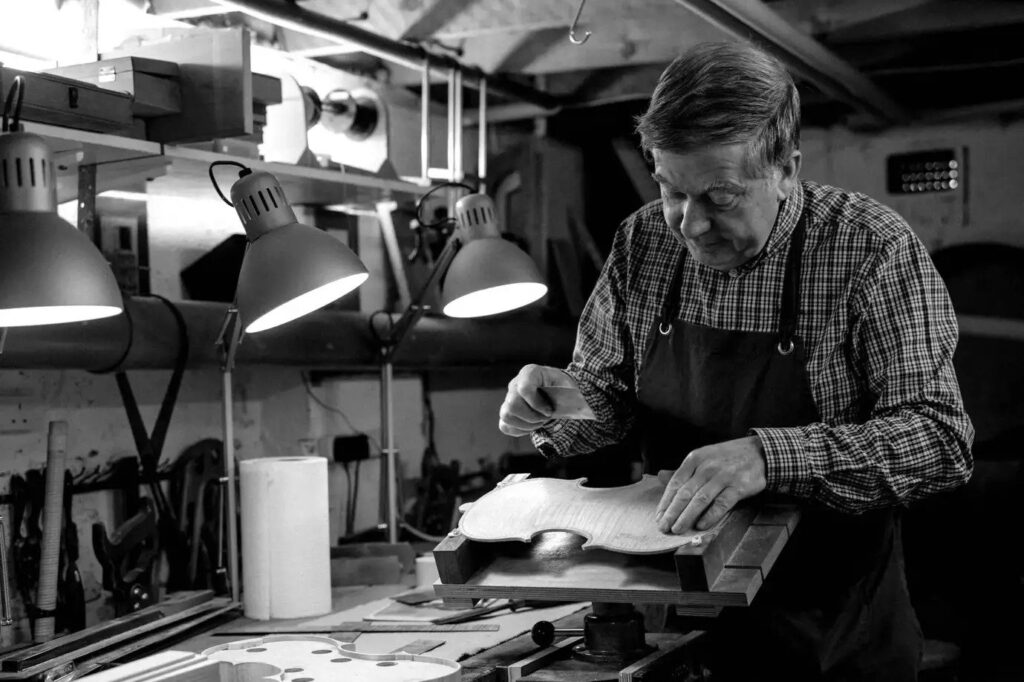
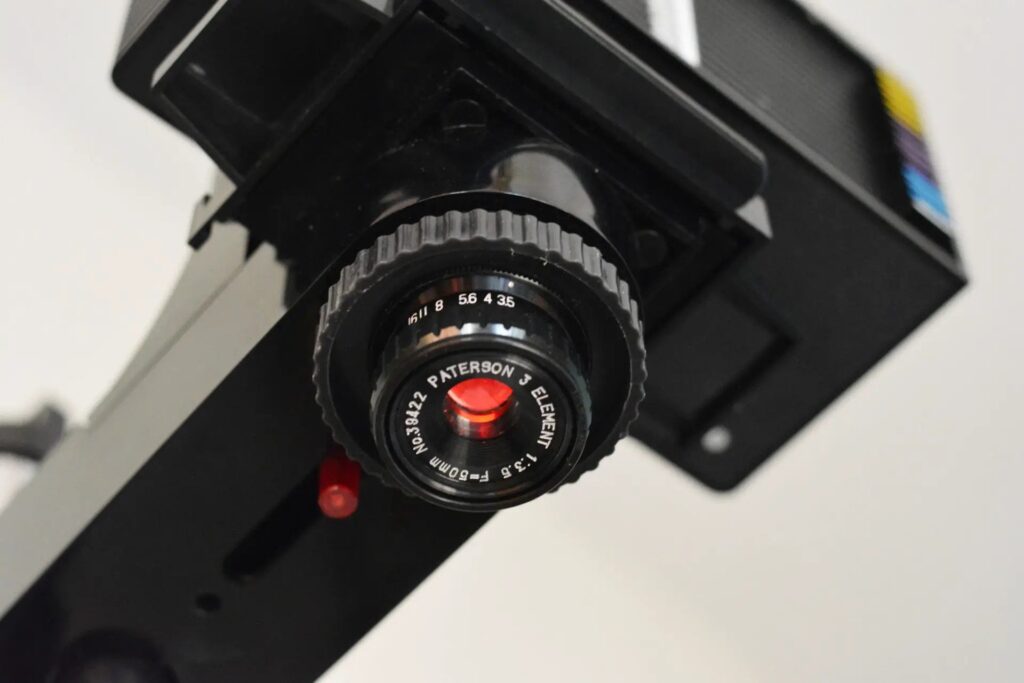
Comments
Martin on Pentax Zoom 60 Auto – Thoughts from a 3rd roll
Comment posted: 05/02/2025
Thanks and best wishes from foggy Austria (at least at my place)
Comment posted: 05/02/2025
Logan Mortimer on Pentax Zoom 60 Auto – Thoughts from a 3rd roll
Comment posted: 05/02/2025
Comment posted: 05/02/2025
Keith Drysdale on Pentax Zoom 60 Auto – Thoughts from a 3rd roll
Comment posted: 05/02/2025
Great review and love the pictures, especially the Dunedin city-scapes.
Comment posted: 05/02/2025
Gary Smith on Pentax Zoom 60 Auto – Thoughts from a 3rd roll
Comment posted: 05/02/2025
Comment posted: 05/02/2025
Comment posted: 05/02/2025
Comment posted: 05/02/2025
Paul Quellin on Pentax Zoom 60 Auto – Thoughts from a 3rd roll
Comment posted: 07/02/2025
Comment posted: 07/02/2025